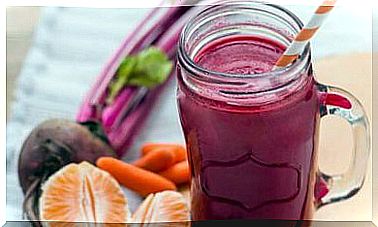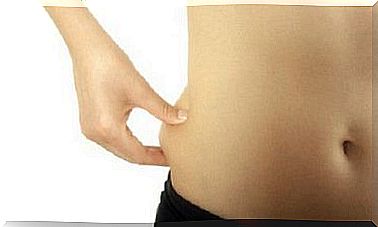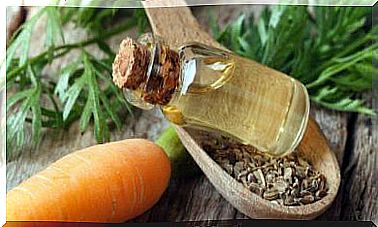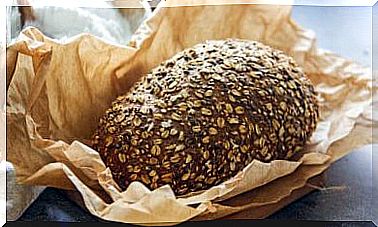Keys To Eating Less During Containment
There are some strategies for eating less during quarantine. Thus, it is possible to reduce the risk of weight gain caused by reducing physical activity.

One of the concerns during confinement is not to gain weight. During this period, energy expenditure is reduced by decreasing physical activity. That is why we must compensate for the calorie balance by reducing our daily food consumption.
There are some tips for achieving this goal without feeling hungry or anxious. This involves implementing certain strategies that trigger a hormonal response that acts on the mechanism of appetite and satiety. Here are some keys to eating less in your forties without the added stress.
Fasting while confining it
Skipping breakfast is associated with high production of growth hormone and therefore increased lipolysis. In addition, and due to a number of hormonal interactions between GH and ghrelin, you are less likely to be hungry in the morning than at other times of the day.
During the fasting period, black coffee, tea, water and hot drinks are allowed. You can take advantage of the appetite suppressant (appetite suppressant) effects of coffee to reduce the need to eat in the morning. Remember to sweeten it so as not to break the hormonal mechanisms of the fast.
This dietary protocol is associated with a significant improvement in body composition, according to a study published in the magazine Clinical Nutrition ESPEN . It also results in improved lipid profile and insulin sensitivity.
Unless you are pregnant or have uncontrolled recurrent migraines, this protocol may be right for you. Start by trying to skip breakfast at least 3 days a week, trying to avoid high calorie foods for at least 16 hours.
If you already have experience with fasting, you can extend this recommendation to everyday. Most experts can fast 24 hours a week to further reduce the total calorie count.
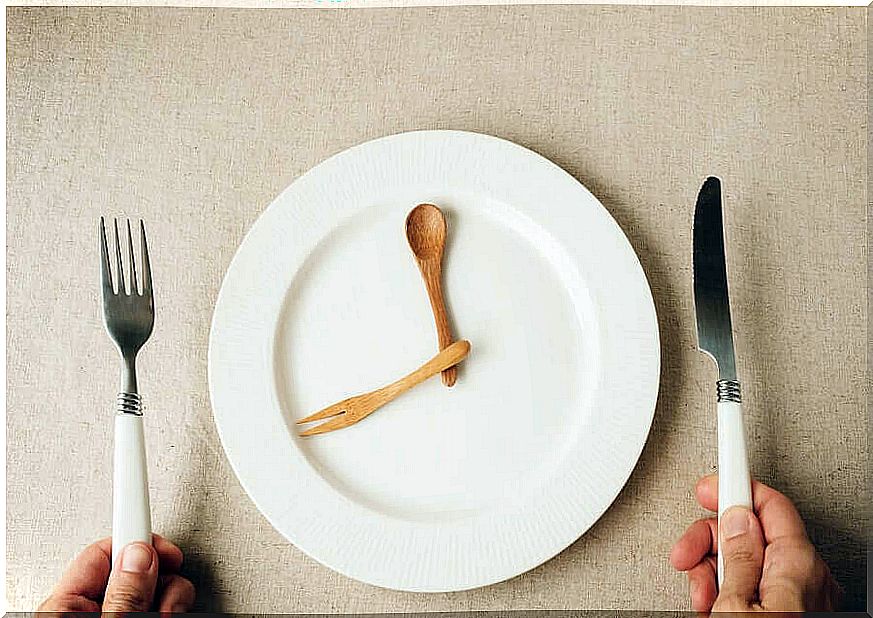
Oats as the main carbohydrate of choice
The key mechanism for controlling food intake is satiety. If you encourage it, you will get a lower daily calorie intake. Certain foods have the ability to induce satiety. These are usually foods high in protein or fiber.
One of them is oats. This cereal contains a large amount of beta-glucans which manage to suppress appetite, as shown by Nutrition Reviews magazine . Additionally, oats have the ability to selectively stimulate bacterial growth in the gut.
This change in the microbiota can improve body composition, according to an article published in the European Journal of Internal Medicine .
Consume lots of vegetables during confinement
The best way to reduce the number of calories you eat each day is to cut down on processed foods. Rather, priority should be given to fresh foods, such as vegetables and fruits. Vegetables contain a lot of water and fiber. Thus, they increase hydration while stimulating the mechanisms of satiety.
Another of their advantages is their low caloric density. That’s why you can afford to eat these foods in abundance without negatively impacting your overall energy balance. Serving your meals with a good amount of vegetables is a good way to calm your appetite and your anxiety.
Remember, these foods contain vitamins, minerals, and antioxidants. All these micronutrients will contribute to the proper performance of organic functions.
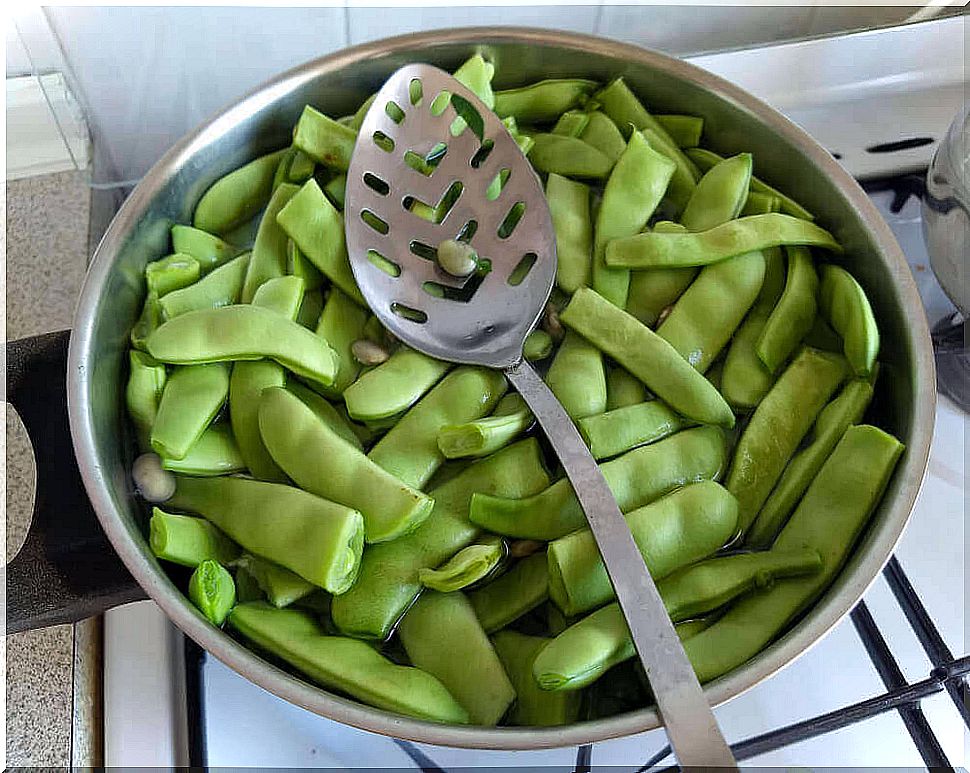
Eat less during confinement: what should be specified?
Eating less during confinement is often a matter of food organization and selection. Intermittent fasting and prioritizing eating fresh foods over processed foods are two good strategies when it comes to limiting calorie intake.
In addition, it is advisable to choose foods rich in fiber. In this way, you can stimulate the mechanisms of satiety to reduce anxiety levels related to food. Try not to buy products that are high in sugars to avoid falling into temptation. Instead, stock your pantry with fruits, vegetables and whole grains.


